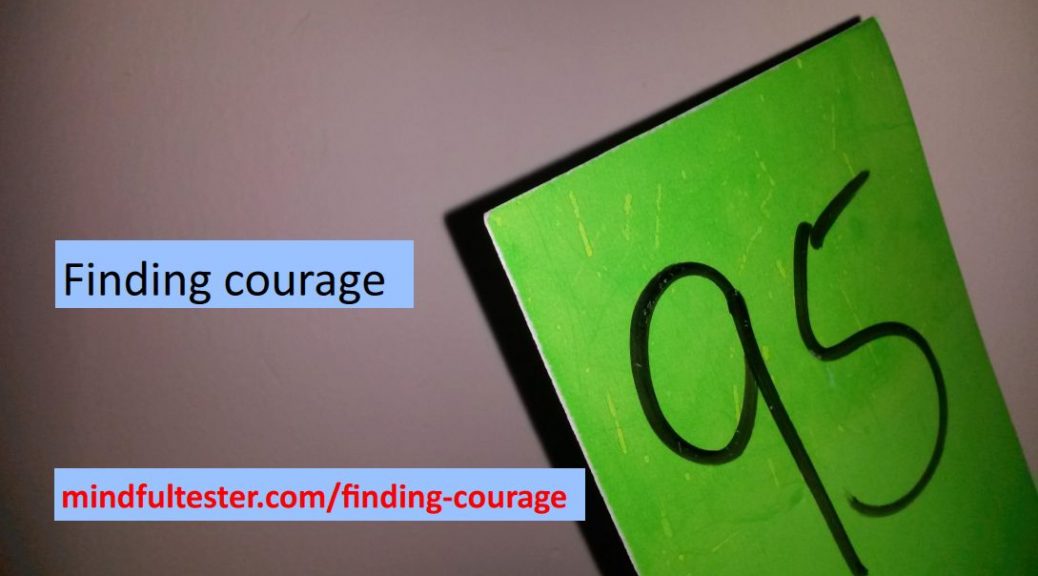When I grew up, there was a TV program called The Twilight Zone. It was about people getting in really strange situations. Logic and laws of nature did not seem to apply.
The reason it appealed to me was that it could happen to me, the writer. Ordinary situations became unordinary situations.
This TV program had a tune. There are 3 notes which I still remember, to create a gloomy atmosphere. Those 3 notes became the tradenark of this zone.
Then the voice over would start like:
“This is a story of a woman. Let’s call her A. A is a very good UX designer or User Experience designer. She takes care, that people can use a program on first sight.
If she would design a kitchen tool, she could easily skip the manual. The product is so intuitive the moment you see and touch it.
She thinks that this is normal for her and not for other people. But she is about to enter the Twilight Zone.”
UX
A looked to me and asked me:
“How many bugs did you find?”
I mentioned a number above 40.
She swallowed.
I had no specs and not enough domain knowledge. Only a briefing from my PO or Product Owner. Still I had found some strange things.
She said that she had found about 20 bugs.
“What did you find?” she asked.
I described some bugs I had found. There was a bug with an input validation. I had just enough domain knowledge to point this one out.
I told about the details of the elements, which had confused me as a user. And …
“You are doing UX.”, she exclaimed.
“I am only testing.”
Then the voice over would come back: telling about the UX designer’s meeting. Mentioning the morale and The Twilight Zone.
“Next.”
“Huh.”
“Next story.”
“There you read” => PM
Then the voice over would start with:
“Mister X has more than 10 year of experience in “.
Let’s skip the scary part.
Okay with you?
Works on my web site.
Mister X and I were sitting at a table. We were talking about business on Sunday. That is typical Dutch by the way. Somehow the word migration was dropped and I could not stop myself to tell my deployment plan story.
My telling triggered the attention of Mister X. I told how I merged 3 plans and how I set up a meeting to discuss the result. X asked familiar questions which I had already covered in 2 piece Q and A.
“What was your role?”
“I was a tester. I wanted this project succeed, so I became the chairman.”
[Actually I made a mistake: I was a test coordinator. But still …]
Ten minutes in my story I heard:
“You were doing project management!”
At that moment I made contact. The next time he would remember my story about the migration. I would not be another faceless tester, which is to be avoided according to James.
PS
During a meeting last week I spoke up:
“I do not have a clue, but I have a weird idea.”
I almost forget the tune.


